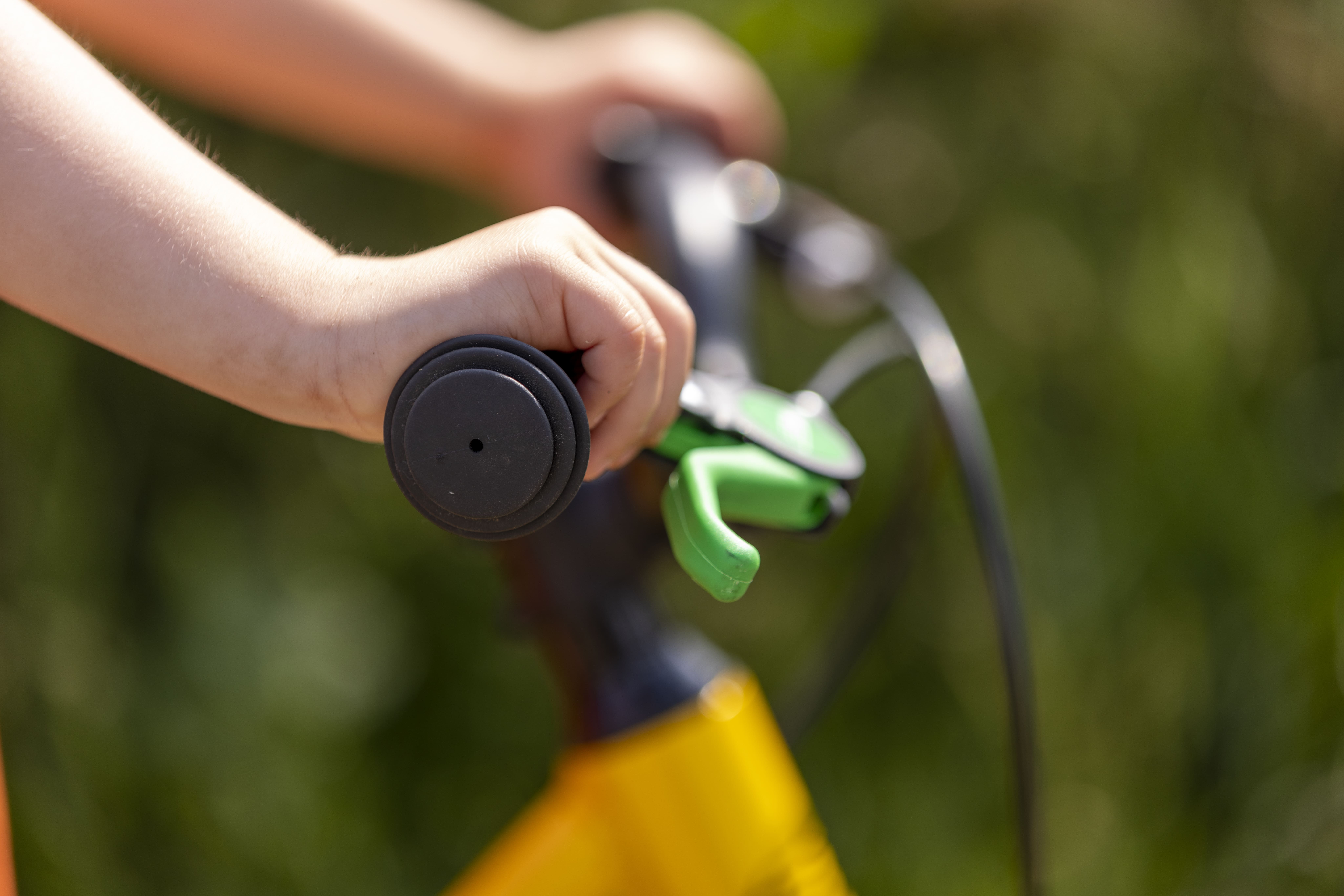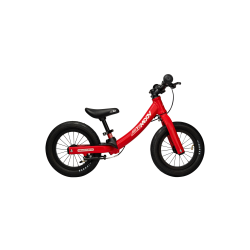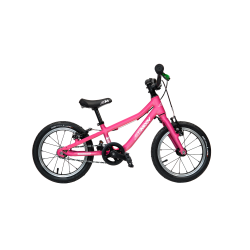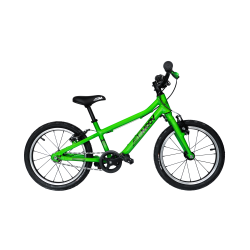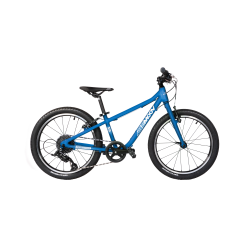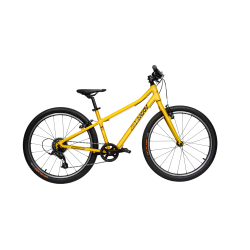Why teach your child how to brake?
Common misconceptions or bad experiences with cycling often lead to mistrust of the front brake, which can cause crashes if used improperly.
In reality, these apprehensions relate to cases where only the front brake is used, without rear braking, and with too much force applied on the front brake lever.
The important thing to remember when teaching your child how to brake effectively on a bicycle is that the front brake is more powerful than the rear brake. It should therefore be used in good proportion.
In theory, the ideal dosage for efficient braking on a bicycle is 1/3 rear and 2/3 front, to be adjusted depending on the conditions: dry or wet weather, pavement, bends, etc.
It is therefore not given to children at the start of the learning process, since they will use the rear brake more easily, which will prevent them from running the risk of locking the front wheel.
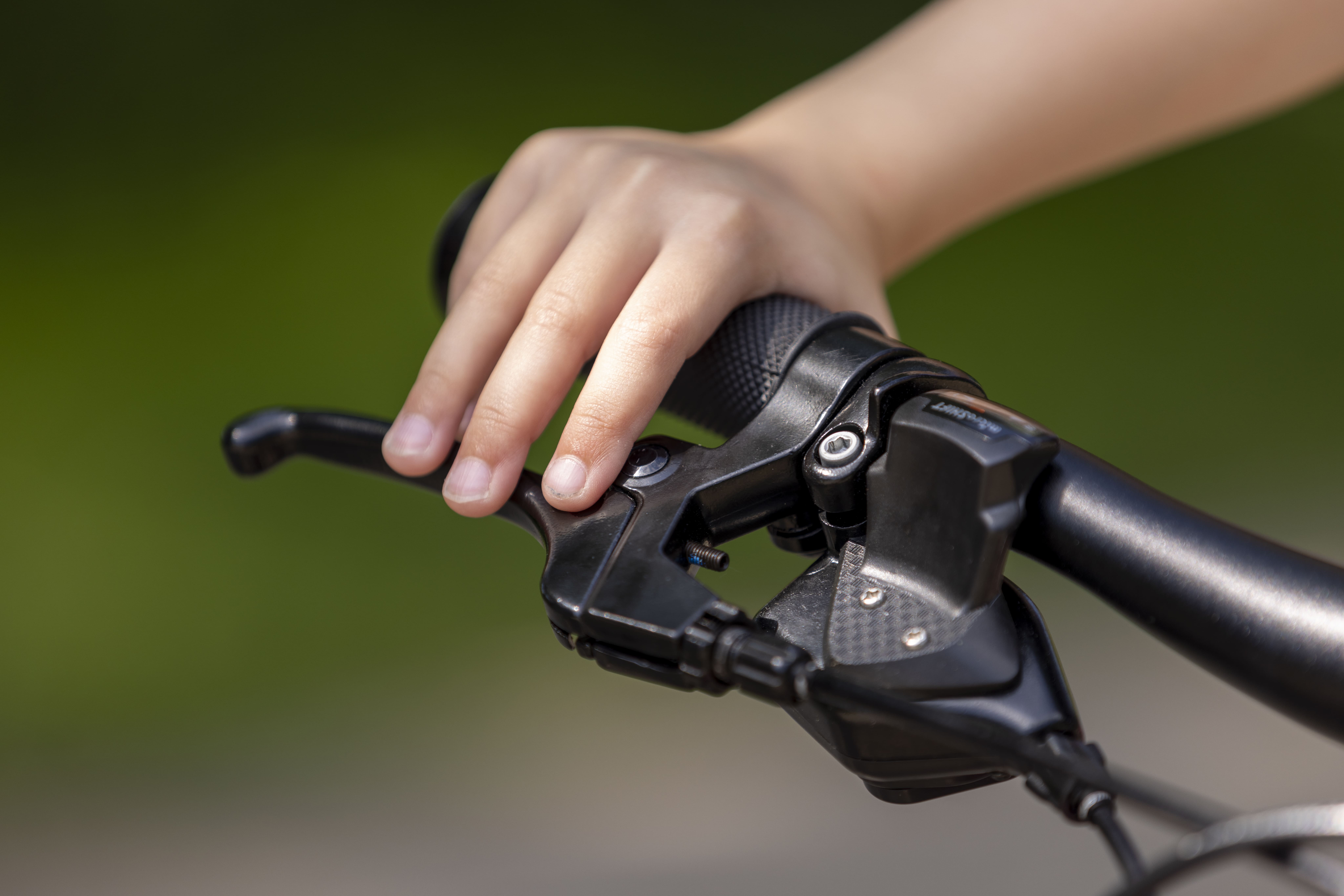
Why does the brake teach your child how to brake on a bicycle as soon as possible?
At BEMOOV, we believe it is important to teach children early on how to brake on a bicycle, distinguishing between the different types of braking.
To avoid bad habits, it will quickly be important for your children to understand that under conditions of reduced grip (wet road, gravely terrain, braking in curves).
They will have the "green light" to favor their rear brake while on dry ground and in a straight line, while it is the front brake which will take 70% of importance compared to the rear brake, which will be used 30% of the time for braking efficiently without falling.

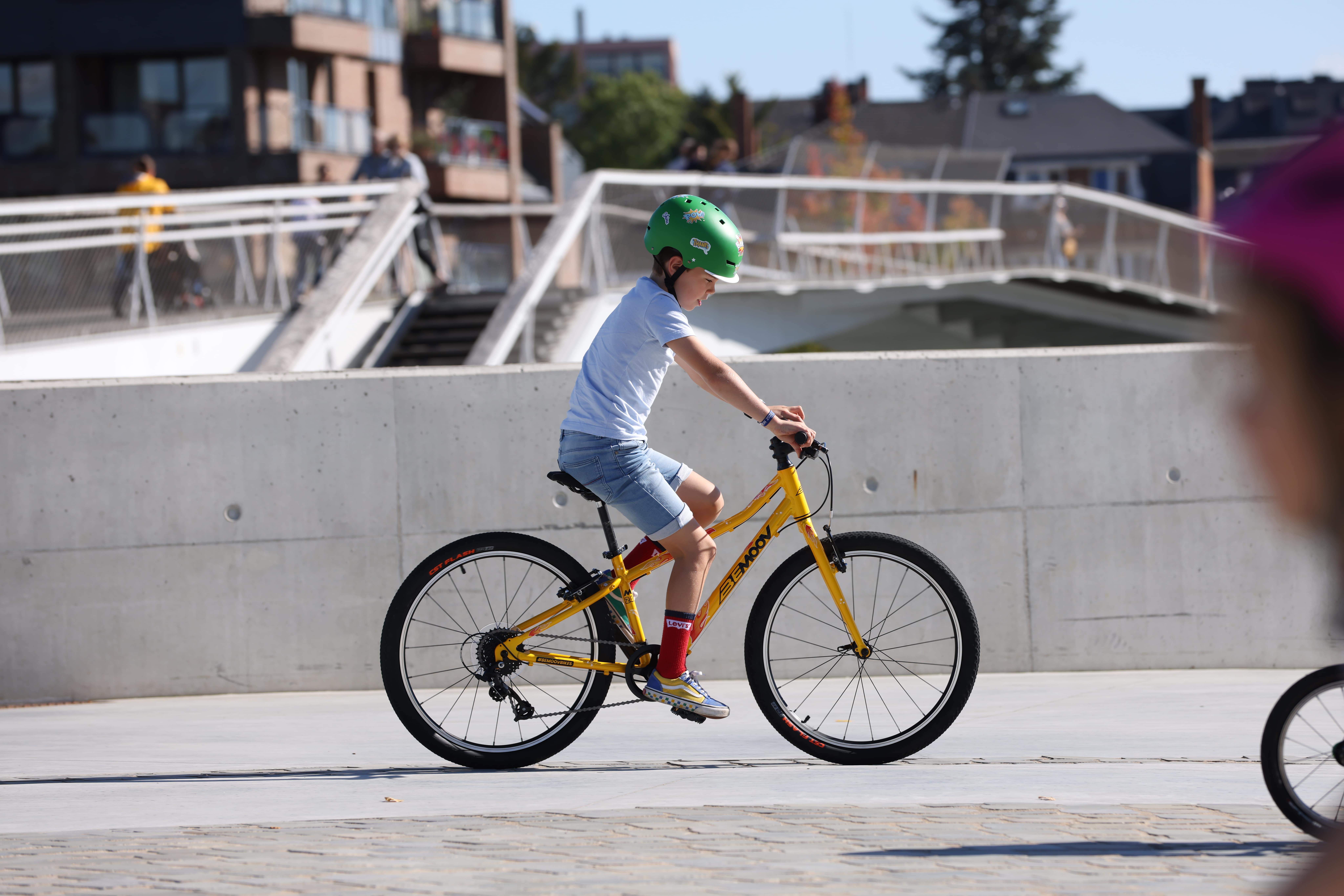
A good position to brake properly
Experienced cyclists or mountain bikers can often be observed straightening up on the pedals and pushing their buttocks back, onto the saddle or directly behind the saddle when braking (especially on descents).
In fact, the idea is to lower your center of gravity as much as possible and put more weight on the rear. Why? In order to transfer their mass to where it will do the most good, of course (you knew you knew that, didn't you?).
During braking, all of the weight shifts forward, so the front wheel and tire can withstand the braking force better than the rear tire.
Since all of the weight has gone forward, the rear tire can lose traction more easily and the rear wheel is more likely to lock up. On the contrary, the front tire being more loaded, the risk of jamming is much lower.
That's why the best thing is to brake a little in the back and a little more in the front, but not too hard.
Help your children to differentiate the brakes on their bike
At BEMOOV, we decided to help children to distinguish clearly the rear brake from the front brake as early as possible. On our first models of pedal bikes, the brakes are therefore identified by two different colors, green for the rear and red for the front. As we have just told you, the two brakes are important on a bicycle, but they are to be applied in different circumstances. It's all a question of modulation and feeling. So the earlier your child begins to differentiate them, the more naturally he/she will master braking a bicycle.
